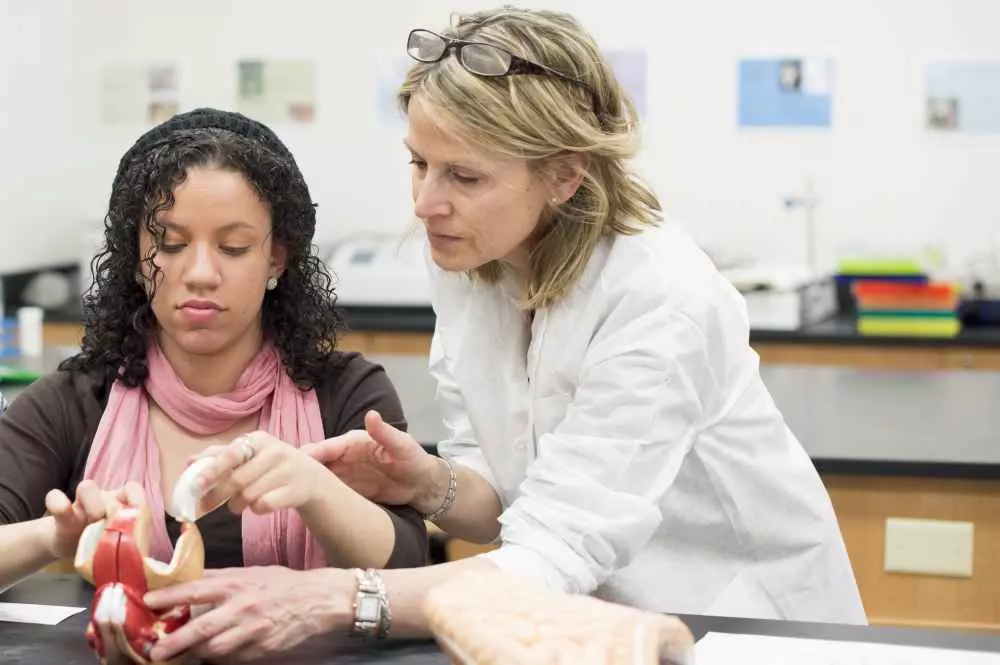Introduction to anatomy education
Anatomy education plays an important role in understanding the human body and its functions. Modern approaches to teaching anatomy are not limited to traditional lecture methods. Visits and practice are key elements in shaping knowledge of anatomy, especially in the context of educating medical and allied health students.
The role of medical museums
Medical museums are an extremely valuable resource for students and anatomy enthusiasts. Exhibits at places such as the Museum of Anatomy in Krakow and the Museum of the History of Medicine in Warsaw display both body parts and antique medical paraphernalia. Visiting them allows visitors to gain practical knowledge as well as understand the development of medicine over the centuries.

Interactive exhibitions and simulations
Many modern museums are introducing interactive exhibitions that engage visitors in ways not previously possible. 3D simulators and mobile apps allow visualization of the human body on an unprecedented scale, creating an excellent learning opportunity. Virtual anatomy is an area that is becoming increasingly important in medical education.
Practical education in hospitals and medical centers
Choosing the educational path, students have the opportunity for hands-on learning in hospitals and clinics. Watching operations and observing specialists in their natural work environment is an invaluable experience. Such visits allow for a definite deepening of knowledge and skills that are essential for future professional practice.
Lectures and seminars with experts
Attending seminars and lectures given by experienced specialists in the field of anatomy is another way to enrich knowledge. During these events, participants have the opportunity to ask questions and develop discussions, which provides an opportunity to gain insightful knowledge about current trends in medicine and the latest research.
The use of technology in anatomy education
In the age of technology, the use of modern educational tools is becoming standard. 3D visualizations, anatomy videos and educational apps significantly facilitate the understanding of complex structures of the human body. They allow students to learn at their own convenient pace and time, making the learning process more efficient.
Challenges in anatomy education
However, despite its many advantages, anatomical education also poses some challenges for students and teachers. Increased competition for university places, the decreasing number of donors for educational purposes or even the controversy surrounding the acquisition of study materials are aspects that require thoughtful discussion and solutions.
Importance of visiting anatomy laboratories
Visiting anatomical laboratories and research centers allows students to gain knowledge within their specifications. Where dissection and tissue analysis are possible, students have the opportunity to learn through experience. Such visits reinforce practical skills and understanding of organ function, which is important for future careers.
Summary
Nowadays, anatomy education is evolving towards more interactive and practical approaches. Visits and internships at various institutions, both academic and medical, are becoming key elements in the educational process. The pursuit of understanding the principles of the human body is not only fascinating, but also essential for future doctors and medical professionals. Thanks to innovative technologies and access to scientific subjects, anatomical education is entering a new era that is sure to bear good fruit in the future.
